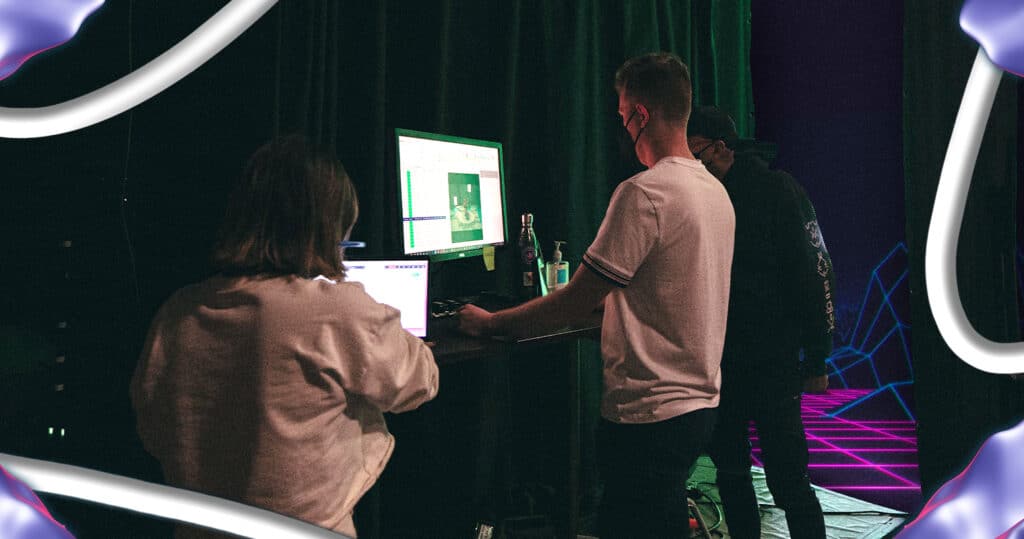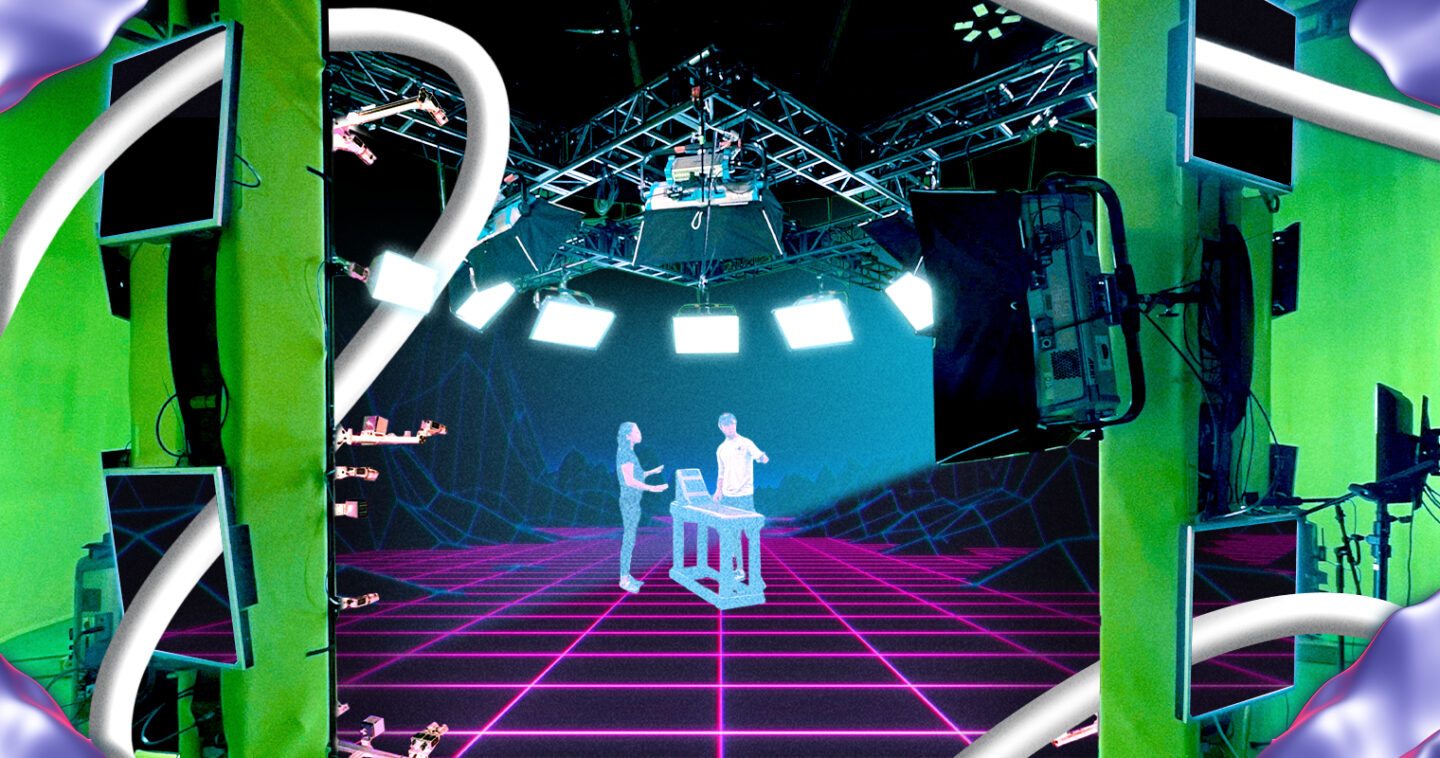3D holographic messages, an experience once exclusive to Hollywood special effects, are becoming more mainstream as the metaverse evolves.
With the help of its massive 106-camera studio in Los Angeles, Metastage is a company bringing data and immersive mixed reality experiences to life with its volumetric capture technology.
Metastage has created over 200 productions since its inception, from bringing fashion shoots for New York Fashion Week to your living room or creating the first volumetric Snapchat lens that can summon a frightening horror movie villain to the small screen on your mobile phone.
“Volumetric capture is the practice of taking an array of cameras and filming a person’s performance from every possible angle, then reproducing an exact replica, virtually or digitally, of that performance and putting it into an immersive space,” said Skylar Sweetman, head of production at Metastage.
The intersection of media and technology
Metastage CEO Christina Heller, who started the company in 2018, has long been fascinated by the intersection of media and technology. She tried on the first prototype of Oculus’ DK1 headset at Sundance in 2014 and was inspired to start VR Playhouse, making virtual reality (VR) content for the new headsets.
The company’s groundbreaking extended reality (XR) activations caught attention, and she was tapped to launch and lead Metastage to bring Microsoft’s volumetric video capture technology stack to market in the United States.

Metastage works with innovators like Trigger XR, a Los Angeles-based developer studio and mixed reality agency that has collaborated with Metastage on projects spanning virtual travel tours to immersive fan experiences with world famous athletes.
“Our clients are always pushing the boundaries of what’s been done and what’s possible,” said Heller. “We have a front row seat to the XR innovations people are creating in the metaverse.”
Judd Kim, one of Trigger’s co-founders and creative director, remembers the two companies’ first joint engagement. It was for a major luxury cruise line introducing a new ship to its fleet. Instead of just providing a bullet point list of new features on board, potential travelers were treated to a virtual tour of the new ship with a holographic representation of the CEO walking around the vessel.
These immersive experiences transport viewers to faraway places, such as a more recent Trigger Web AR project with Molson Coors for their Pacific Northwest region. By simply scanning a can of their favorite adult beverage, an augmented reality experience with a mix of 3D environments and authentic 360 degree footage makes users feel what it’s like to base-jump over a river or ride on a dogsled across Alaska.
New ways to connect during the pandemic
The pandemic helped accelerate XR experiences when artists and athletes couldn’t perform in front of live audiences.
“Volumetric capture allowed performers this new avenue to create media that feels personal, authentic, tech-forward, and future-facing,” said Sweetman. “If I can’t go see my favorite singer, I can stream a holographic performance of her on my cell phone, made in virtual production, on my own time, or on the couch with my friends.”
Athletes sidelined during the pandemic sought new ways to engage with fans. An immersive experience allowed fans to interact with larger-than-life versions of their favorite football players when pointing their mobile phones at AT&T Stadium in Dallas, Texas.
Kim’s all-time favorite project was a partnership between Trigger, Metastage, and a leading wireless provider on an innovative AR app. Available only to its subscribers, the app features top athletes across many sports breaking down their “signature moves” using XR and 5G. Soccer legend Megan Rapinoe, golf pro Tony Finau, tennis star Sloane Stephens, and other sports icons came to the Metastage studio to demonstrate their kick, swing, and serve. The app then allows fans to immerse themselves in the experience and compare their own form to their hero’s or pose for photos with the athlete.
“It was about building this roster of athletes who are literally at the top of their game and then using Metastage’s volumetric capture technology to capture these athletes in full 360 and then building a deployment [in which] we could place them anywhere as a hologram,” said Kim.
Apps like this use volumetric capture in a way that’s very accessible, Kim explained. And companies like this one are always looking to push the envelope and bring new experiences to the consumer.
“Using Metastage’s volumetric capture technology and finding a way to leverage their own 5G networks to take something that could be very data-heavy or data-intensive but bring it to a consumer on their handheld device anywhere they have a 5G signal is pretty amazing,” said Kim.
Pushing the limits in XR and the metaverse
Volumetric capture unlocks unbelievable potential to connect throughout the metaverse, changing the way people interact with one another, travel to new places, and experience new things.
“We hear all this buzz about the metaverse, but it’s really about providing utility now,” said Kim. “We’re providing experiences for the real world metaverse and adding to our actual experience we’re having right now.”
Look behind the scenes of volumetric capture in Part II of this series.



